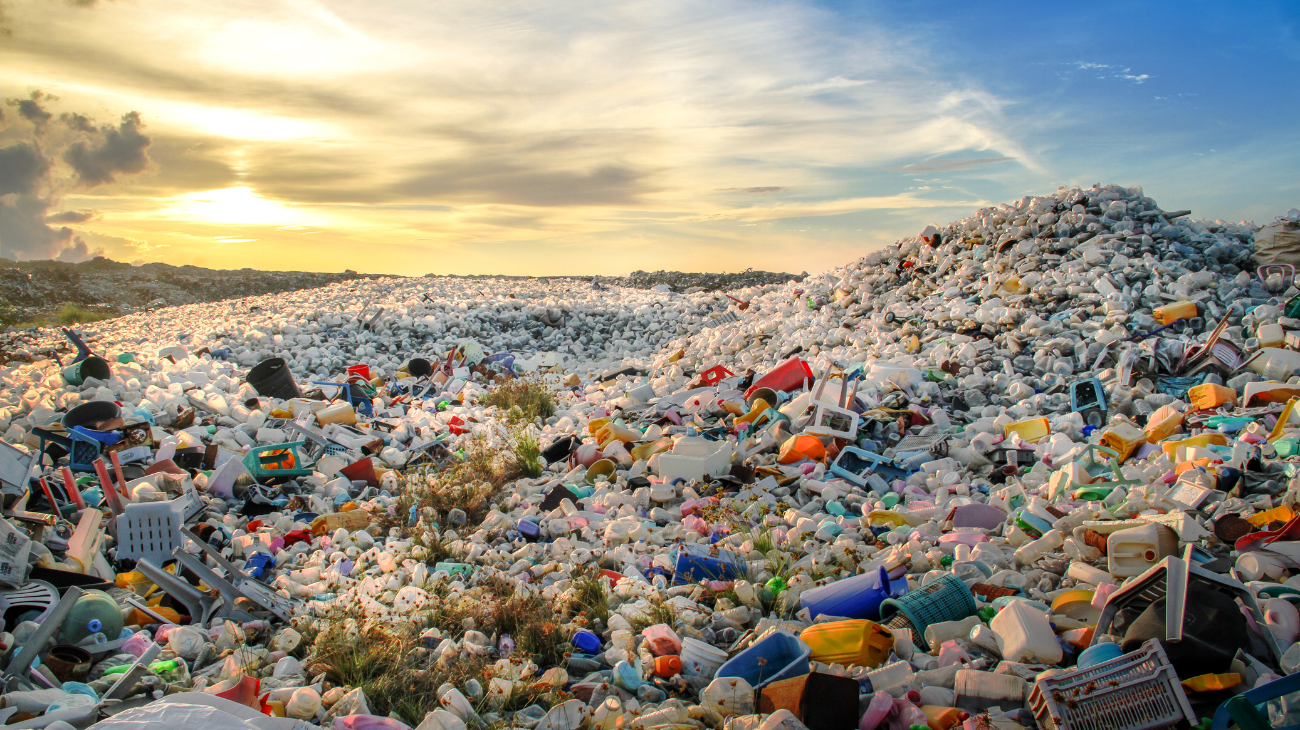Nairobi, the capital of Kenya, is where new agreements against plastic pollution could proliferate, defying the need to get everyone to agree.
A treatise on plastics?
We are at the third meeting of five, towards the drafting of a treaty scheduled for 2025, but there is an underlying scepticism fuelled by a world essentially divided in two: on the one hand, Europe that wants to limit plastic production and consumption, and on the other, the United States, China and Opec (Organisation of Petroleum Exporting Countries) that encourage the mere optimisation of recycling and waste management.
At present, only 9% of plastic is recycled, and if we consider that annual production has more than doubled in 20 years, reaching 460 million tonnes, it is not complicated to assume that it will triple by 2050, driven by the parallel growth of the world population.
It is no coincidence that the recent expression that there will be more plastic in the sea than fish is quite bewildering.
Microplastics and single-use products
Microplastics are tiny pieces of plastic material, usually less than 5 millimetres, which are mainly derived from:
- washing of synthetics
- tyre abrasion while driving
- cosmetics (e.g. facial scrub)
- plastic bags
- bottles
- fishing nets
Since it was discovered that plastic has gone ’round the bend’ and we have even found it in the heart and in our mother’s milk, the pressure on governments and institutions has risen considerably.
In one of the latest counts for 2022, Japanese scientists at Kyushu University estimated the presence of 24.4 trillion fragments of microplastics in the shallowest layers of the oceans, the equivalent of about 30 billion half-litre bottles.
But what are the effects on health?
The additives and chemicals in microplastics are potentially harmful in the same way as other tiny particles that we breathe and ingest on a daily basis, yet to date we have no certainty that they cause harmful or pathological effects.
The real plague is disposable plastic that causes pollution and emissions CO2 emissions up to more than 80% compared to reusable packaging.
Reuse or recycling?
These days, the controversy is raging that sees Italy at the centre of a proposed EU regulation that puts the re-use of plastics before their recycling. This decision, according to former Confindustria president Antonio D’Amato, would cause a significant increase in CO2 and water consumption.
Moreover, according to others, it would damage our country, which has invested so much in biorefineries and packaging recycling plants, reaching 73.3 per cent, above the European average and the 70 per cent threshold set for 2030.
Industry recycling is a sector with 236,000 employees, 10.5 billion added value and more than 25 million secondary raw materials produced.
Nairobi aside, we also eagerly await 20 November, when the European Parliament will discuss packaging legislation and the future of most waste.
In support of regulations, however, it is essential to adopt more virtuous behaviour and to send out one’s own signal. It is we consumers who define our habits and the market, so we decide its evolution.
Give preference to local shops, avoiding plastic packaging for small products and buying as many products in bulk as possible, buy refills for detergents and cleaners, and where possible go to the source with jugs or glass bottles to refill water.
The main weapon of the circular economy is us. Reuse or recycle it is.
By now we are aware, we have knowledge, tools and alternatives.
There is a lack of desire.
Play for the planet!
